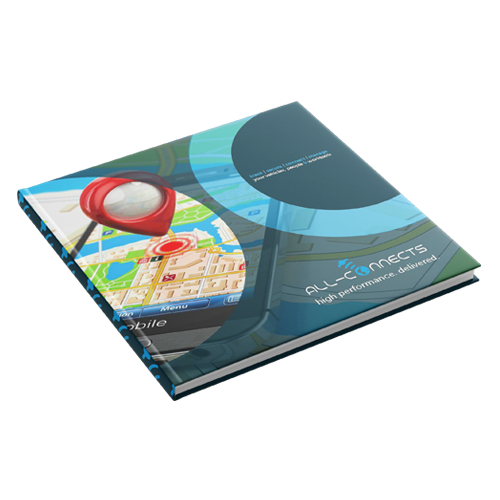| July 2022 |
Here at All-Connects, we specialise in GPS and telematics solutions for vehicles, but did you know that there are also solutions that focus specifically on real-time indoor tracking? There are several applications for this technology. In this blog, we will identify some key features, applications and solutions.
The use of indoor tracking offers a variety of benefits. Take the industrial sector, for example, where the use of these tags leads to increased worker safety, process optimisation and improved inventory management, to name but a few. In healthcare, companies can track medical equipment, optimise hospital workflows and improve the safety of staff and patients. Think also of the safety and security industry. By using this technology, organisations can increase staff and inmate safety, improve compliance rules and much more. These are just a few examples of the industries that can benefit from this technology.
In essence, the way it works is very similar to how our GPS/Telematics tracking solutions for vehicles and corporate assets work. A transmitter (Bluetooth sensor) is attached to the business asset which sends a signal to the nearest IoT receiver (BLE gateway) installed at fixed locations throughout the space or on mobile assets such as a forklift truck. Through this gateway, the registered data is sent to the management application.
Instead of Bluetooth® technology you can also work with Radio Frequency Identification (RFID) technology. Disney parks around the world, for example, have been using Magic Bands for years for their guests in the theme parks, to unlock their DisneyResort hotel room, and to buy food and merchandise. It also allows the Disney® theme parks to track the flow of guests from park to park.
The simple answer is neither. They are different solutions that serve their individual purpose. Bluetooth is a standard technology for short-range wireless connection between transmitter (BLE tag) and receiver (gateway or other tracking device acting as receiver). RFID, on the other hand, uses electromagnetic fields to automatically identify and track tags attached to an object.
Bluetooth is used to communicate between two Bluetooth-compatible devices and can handle data and voice transmissions simultaneously. This allows it to be used in a wide range of applications. RFID is used to transmit a limited amount of information stored in the RFID tags, such as product information and location information.
In short, if the use case is in a centralised location and only a limited amount of data needs to be transferred, RFID would be suitable. If you are looking for tracking in a decentralised or larger area and want to transmit more information, then Bluetooth technology with connected devices in a network is the right choice.
Is indoor tracking suitable for me?
Before deciding which indoor tracking solution is the right choice, a company needs to clarify how and where indoor tracking is needed within their operational operation. In this blog, we have discussed some use cases in industry, healthcare and safety & security. Have this blog answered your questions about indoor tracking, and do you want to know more about the cost or spar with us about the right application for your company? Then contact us directly by phone (03 289 55 35) or click here to request more information or to book a consultation.
Source material: Article www.secunews.be
After reading this blog, are you curious about which tracking and digital solutions All-Connects offers? Ask us your question and we will answer you as soon as possible.
